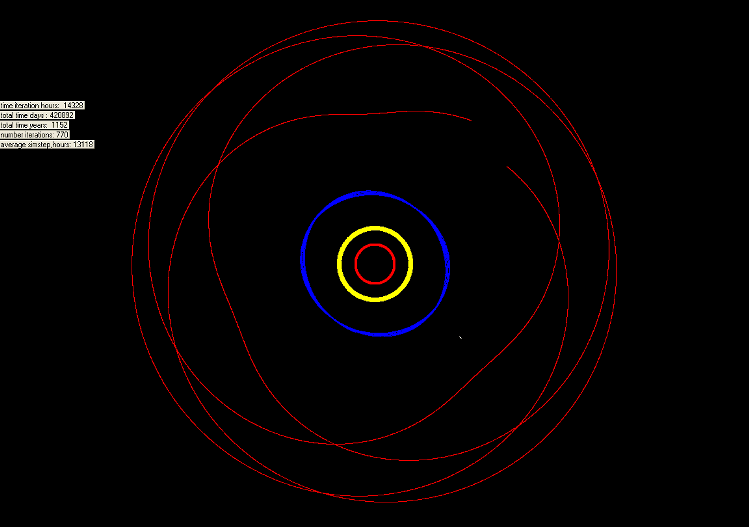MPC designation (48639) 1995 TL8 Observation arc 4702 days (12.87 yr) Discovered 15 October 1995 Argument of perihelion 83.906° Orbits Sun | Alternative names none Aphelion 64.631 AU (9.6687 Tm) Inclination 0.24457° Mean anomaly 42.652° Discoverer Arianna Gleason | |
 | ||
Discovery date 15 October 1995 and9 November 2002 (moon) Minor planet category Classical Kuiper belt object (Deep Ecliptic Survey) | ||
(48639) 1995 TL8 (also written (48639) 1995 TL8) is a classical Kuiper belt object possessing a relatively large satellite.
Contents
The assumed diameter of 352 kilometres (219 mi) is derived from an albedo guess of 0.09, being typical for trans-Neptunian objects.
Discovery
Discovered in 1995 by Arianna Gleason as part of the Spacewatch project, it was the first of the bodies presently classified as a scattered-disc object (SDO) to be discovered, preceding the SDO prototype (15874) 1996 TL66 by almost a year.
Satellite
A companion was discovered by Denise C. Stephens and Keith S. Noll, from observations with the Hubble Space Telescope taken on 9 November 2002, and announced on 5 October 2005. The satellite, designated S/2002 (48639) 1, is relatively large, having a likely mass of about 10% of the primary. Its orbit has not been determined, but it was at a separation of only about 420 kilometres (260 mi) to the primary at the time of discovery, with a possible orbital period of about half a day and an estimated diameter of 161 kilometres (100 mi).
Scattered–extended object
(48639) 1995 TL8 is classified as scattered–extended by the Deep Ecliptic Survey (DES), since its orbit appears to be beyond significant gravitational interactions with Neptune's current orbit. However, if Neptune migrated outward, there would have been a period when Neptune had a higher eccentricity.
Simulations by Emel’yanenko and Kiseleva in 2007 show that (48639) 1995 TL8 appears to have less than a 1% chance of being in a 3:7 resonance with Neptune, but it does execute circulations near this resonance.
It has been observed 48 times and has an orbit quality code of 4 (0 being best; 9 being worst).
